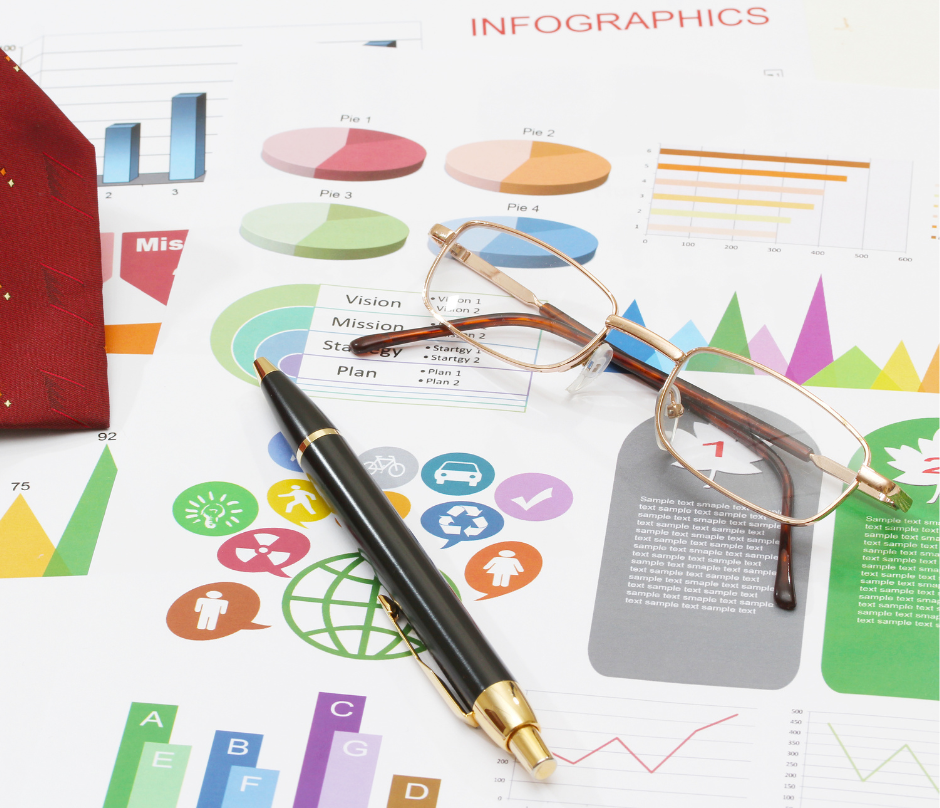How To Design A Good Infographic
Infographic design involves both art and data science. Though only sometimes appropriate, they can be an excellent resource for your audience if used correctly.
How Can You Say If This Infographic Design Is A Good Infographic?
Infographic design is a good option for showcasing data, particularly data comparisons. They can also be helpful for things like timetables, checklists, and comparison charts.
Use an infographic if communicating the information is better accomplished visually than writing. However, be mindful that in-depth data research may not be well suited for infographics.
How To Design A Good Infographic?
Below are some essential points you need to know on how to design a good infographic:
1. Know Your Audience And Purpose
This is one of the initial considerations while designing a good infographic. Infographics are helpful for data-driven audiences who want information quickly. Infographic design should quickly explain critical data. Identify your infographic’s purpose. Establishing the purpose provides you with a framework for graphic design.
2. Make It Simple
A good infographic should have a distinct purpose expressed as simply as possible. It entails having a lot of white space, a basic color scheme, and clear graphics. Choose and concentrate on the most crucial information to represent.
Determine whatever information is relevant to the infographic’s objectives and incorporate it. Nevertheless, there is a warning: don’t cherry-pick facts to justify a skewed, inaccurate conclusion.
3. Simply Put, Show, Rather Than Tell
Infographics focus on showcasing facts without telling readers about them. Consider how you can visually display the information in your infographic.
Charts, graphs, and icons or images to represent particular concepts can all be used as visual representations of data. Instead of telling them what the data means, use pictures to demonstrate it.
4. Keep It Manageable Length
In terms of infographic design, longer isn’t always better. Some infographics that go on forever have most likely been seen by you. Even though the information they transmit may require a more extended format, the material would have been better served by being divided among several graphics. Only include the information in your infographic needed to convey the data you are presenting.
5. Data First
The best infographics are created in a way that complements the data they present. An infographic’s sole purpose is to provide information in a simple format to comprehend and process.
Consider whether the data and conclusions you intend readers to draw are supported by every design choice you make. Your infographics will be substantially more valuable and more likely to be somehow shared if you concentrate on the facts first and design around that.
6. Make Use Of A Color Palette
Color is one of the most vital design considerations, and an infographic is no exception. You will probably need to add the brand’s color scheme if the infographic design is being created for a company. Yet, it doesn’t follow that you can’t use additional colors to add contrast.
Color can define and connect elements in an infographic. The infographic background, text, and graphics must contrast. Colors should match your infographic’s tone.
Conclusion
Also, remember that you need to keep the text short in your infographic design. You will make a good infographic by doing this guide on designing a good one.

